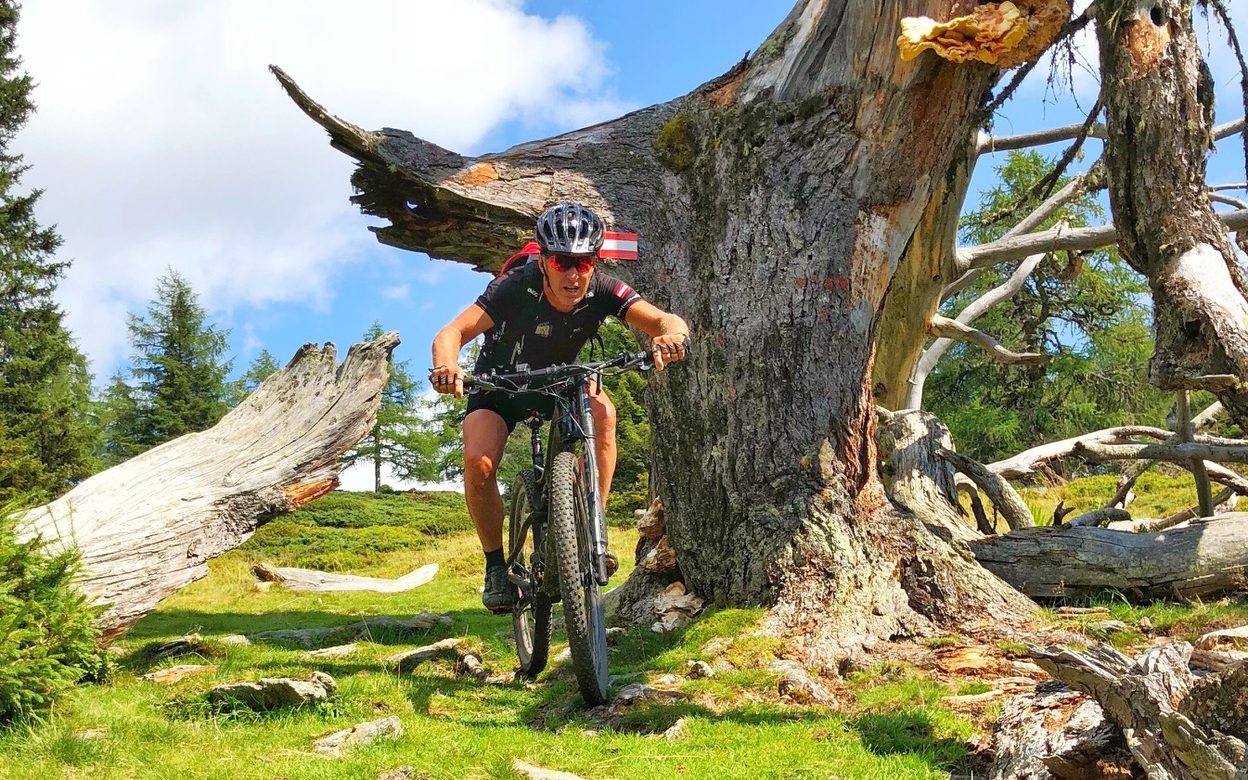AC Dislocation
The so-called AC joint (= acromioclavicular joint) is the connection between the external end of the clavicle and the acromion of the shoulder blade.

AC joint dislocations are generally caused by directly falling onto the shoulder with an adducted arm when, for example, cycling, riding, or skiing.
Injuries are classified using the Tossy system, dividing them into Grades I to III.
While a Grade I injury can be treated conservatively, Grade II and III injuries should be treated surgically.
More questions?
Our experts are happy to help you
Just give us a call!
The so-called AC joint (= acromioclavicular joint) is the connection between the external end of the clavicle and the acromion of the shoulder blade.
Dislocations in the acromioclavicular joint occur relatively frequently in contact sports, as well as in horseback riding,, beim cycling, skiing, and wrestling. The injury is often caused by a direct fall onto the shoulder with an adducted arm, and less commonly indirectly by a falling onto an outstretched hand. If the fixing capsule and ligaments accidentally rupture, the clavicle is displaced upwards due to the muscular traction and the clavicle is dislocated upwards.
Injuries are classified using the Tossy system, dividing them into Grades I to III.
- Tossy I: Here, only the joint capsule of the AC joint is overstretched, without considerable injury to the ligaments. X-ray images show no abnormalities at all.
- Tossy II: The joint capsule, including the ligaments, is torn between the acromion and the clavicle (acromioclavicular ligaments). The coracoclavicular ligaments are stretched or torn. The lateral end of the clavicle is positioned up to half the shaft width of the clavicle higher than the acromion in the X-ray images. This degree of severity is called the subluxation position and has a tendency to cause early-onset arthrosis as both bones are still in contact and rub together (this is an indication for surgery in the case of slightly dislocated Tossy II injuries).
- Tossy III: All ligaments, including the joint capsule, are torn (including the coracoclavicular ligaments between the clavicle and coracoid). In the X-ray, the lateral end of the clavicle is more than one shaft width higher.
SYMPTOMS
Typical clinical symptoms are pain above the AC joint and the piano key phenomenon: pressure applied from above to the lateral end of the clavicle, which is significantly raised, presses downwards much like a piano key. When pressure is released, the clavicle immediately rises up again.
TREATMENT:
Conservative: Tossy I AC joint injuries can be treated without an operation:
- Immobilization for several days using an arm sling or similar options
- Analgesic and anti-inflammatory medication
- After the initial pain has regressed, mobility can be built back up using physiotherapy.
SURGERY:
Tossy II and Tossy III injuries should be treated surgically.
The operation repositions the twisted clavicle end, lowering it into its correct position. In order to maintain the correct collarbone positioning until the capsular ligament is fully healed, Dr. Gäbler recommends the dynamic, minimally invasive AC-TightRope System (Arthrex) as shown in this video. During the operation, the ligaments and capsule are also sutured. This method combines band stitching and TightRope stabilization to achieve excellent and rapid primary stability — a tremendous advantage for patients who need to return to full shoulder functionality as quickly as possible for either professional or athletic reasons.
More questions?
Our experts are happy to help you
Just give us a call!





